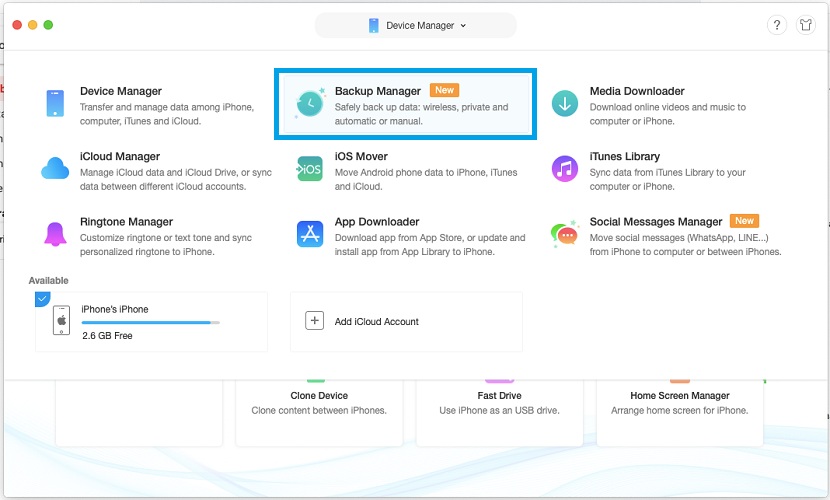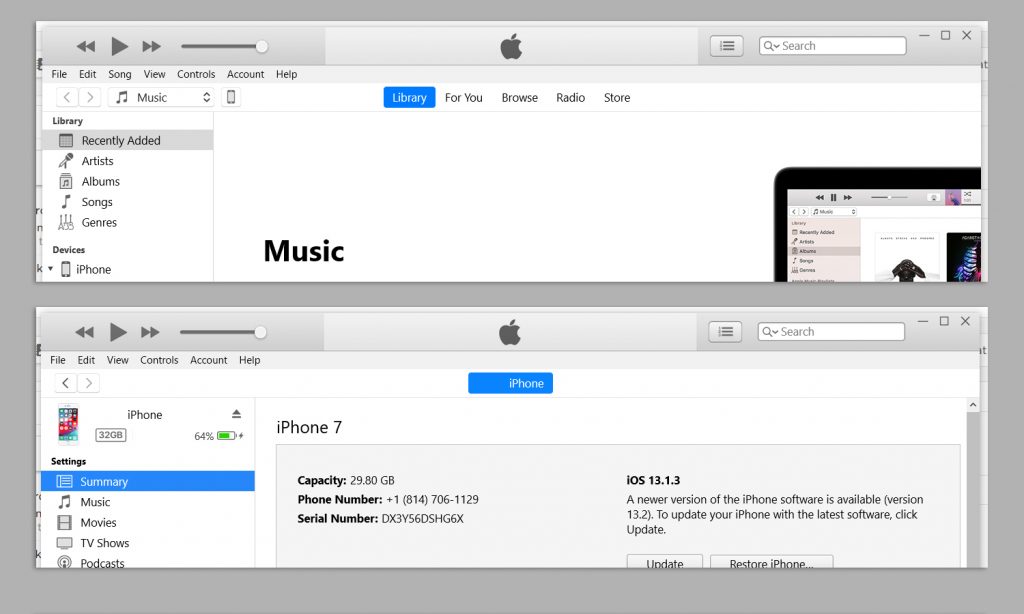

Select your iPhone from the Finder sidebar or the top-left of the iTunes window.

If you've never done that before, you must unlock the iPhone and tap Trust to allow both devices to communicate with each other. Back up the iPhone or iPad to iCloud or iTunes before beginning.

When you're ready, follow these steps to back up your iPhone to your Mac:Ĭonnect your iPhone to your Mac via USB. How to Update iPhone or iPad to iOS 11 Directly on the Device via Settings. You must also have your iPhone's USB to Lightning cable (including a USB-C adapter depending on the USB ports on your Mac) at hand to establish a connection between both devices. Choose a backup method Before you get started, learn the difference between iCloud backups and backups you make using your computer. Related: macOS Catalina Features You Can Get Without Upgrading Your Mac If you back up your iPhone, iPad, or iPod touch, you'll have a copy of your information to use in case your device is ever replaced, lost, or damaged. Nevertheless, aside from some user interface changes, the backup procedure is similar on both Finder and iTunes. If your Mac only has macOS 10.14 Mojave or earlier installed, you have to rely on iTunes instead. Provided your Mac is updated to the latest version of the system software (macOS 10.15 Catalina or later), you can back up the data on your iPhone using the Finder app. If you use a Mac, you can conveniently create a complete copy of your iPhone's data in a matter of minutes. But with the limits on cloud storage and possible connectivity issues at play, it's always best to have a local backup around. Of course, iOS already does that for you by uploading photos, documents, messages, and so on daily to iCloud. Making regular backups of your iPhone protects you from data loss in the event of a hardware failure, software corruption, or theft.


 0 kommentar(er)
0 kommentar(er)
